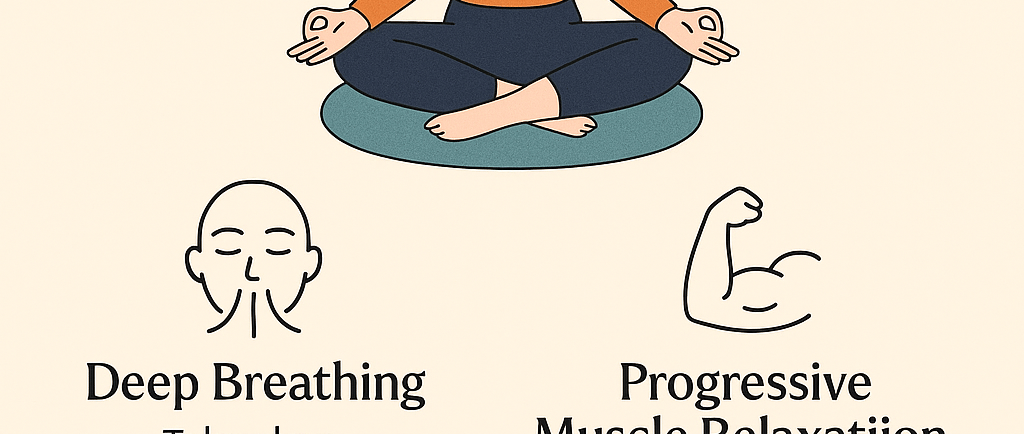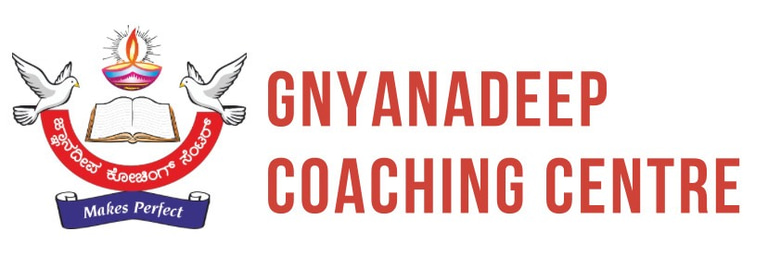🧘 How to Practice Relaxation to Improve Your Mood for Studying


Studying can be mentally demanding, especially when you’re feeling anxious, overwhelmed, or simply unmotivated. One of the most overlooked yet powerful tools to reset your mindset and improve your ability to concentrate is relaxation. When practiced regularly, relaxation techniques can lift your mood, calm your thoughts, and prepare your brain for deeper learning. Here’s how you can incorporate simple relaxation habits into your daily study routine.
🧠 Why Relaxation Helps Study Mood
Relaxation helps reduce the level of cortisol, the stress hormone that can interfere with focus and memory. When you’re relaxed, your brain is more receptive to new information and less likely to feel fatigued. A positive, calm mood improves motivation, helps you retain information, and reduces procrastination.
1.Deep Breathing (3–5 minutes)
Before opening your book or laptop, sit in a comfortable position. Breathe in slowly through your nose for four seconds, hold for four seconds, and exhale through your mouth for six seconds. This activates the parasympathetic nervous system, reducing anxiety and sharpening focus.
When to use: Before starting your study session or during breaks.
2.Progressive Muscle Relaxation
This involves slowly tensing and relaxing different muscle groups in your body, starting from your toes up to your head. It helps release physical tension, which often builds up when you sit for long hours.
When to use: At the end of the day or before long study periods.
3.Mindfulness Meditation (5–10 minutes)
Mindfulness helps clear your mind of distractions. Sit quietly, close your eyes, and focus on your breath or ambient sounds. Let your thoughts come and go without judgment. Just 5 minutes of this can refresh your mind.
When to use: Anytime you’re feeling mentally blocked or low in motivation.
4.Visualization
Picture a calm, peaceful place—like a beach, a forest, or a quiet mountain. Use all your senses to imagine the details. Visualization is a powerful tool for emotional regulation and stress reduction.
When to use: When feeling overwhelmed or anxious about exams.
5.Stretching or Gentle Yoga
Gentle movement helps release energy, improve blood flow, and relax both body and mind. Even 5 minutes of neck rolls, shoulder stretches, or cat-cow poses can reset your physical and mental energy.
When to use: Between study sessions or during morning routine.
🎯 How to Make It a Habit
Start small: Just 5 minutes of relaxation before study can change your mood.
Set reminders: Use alarms or sticky notes to remind you to relax.
Create a relaxing space: A clean, calm study space helps your brain feel safe and focused.
Pair with routines: Combine relaxation with your regular habits—like doing deep breathing after brushing your teeth.
🌟 Final Thought
Relaxation isn’t a waste of time—it’s brain fuel. In the same way your body needs rest after exercise, your brain needs moments of calm to function at its best. By practicing these techniques daily, you’ll not only improve your mood and focus but also build resilience and emotional control—skills that go far beyond academics.
Start today—breathe deeply, relax, and study smarter.
